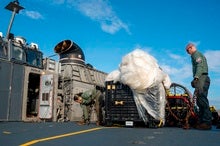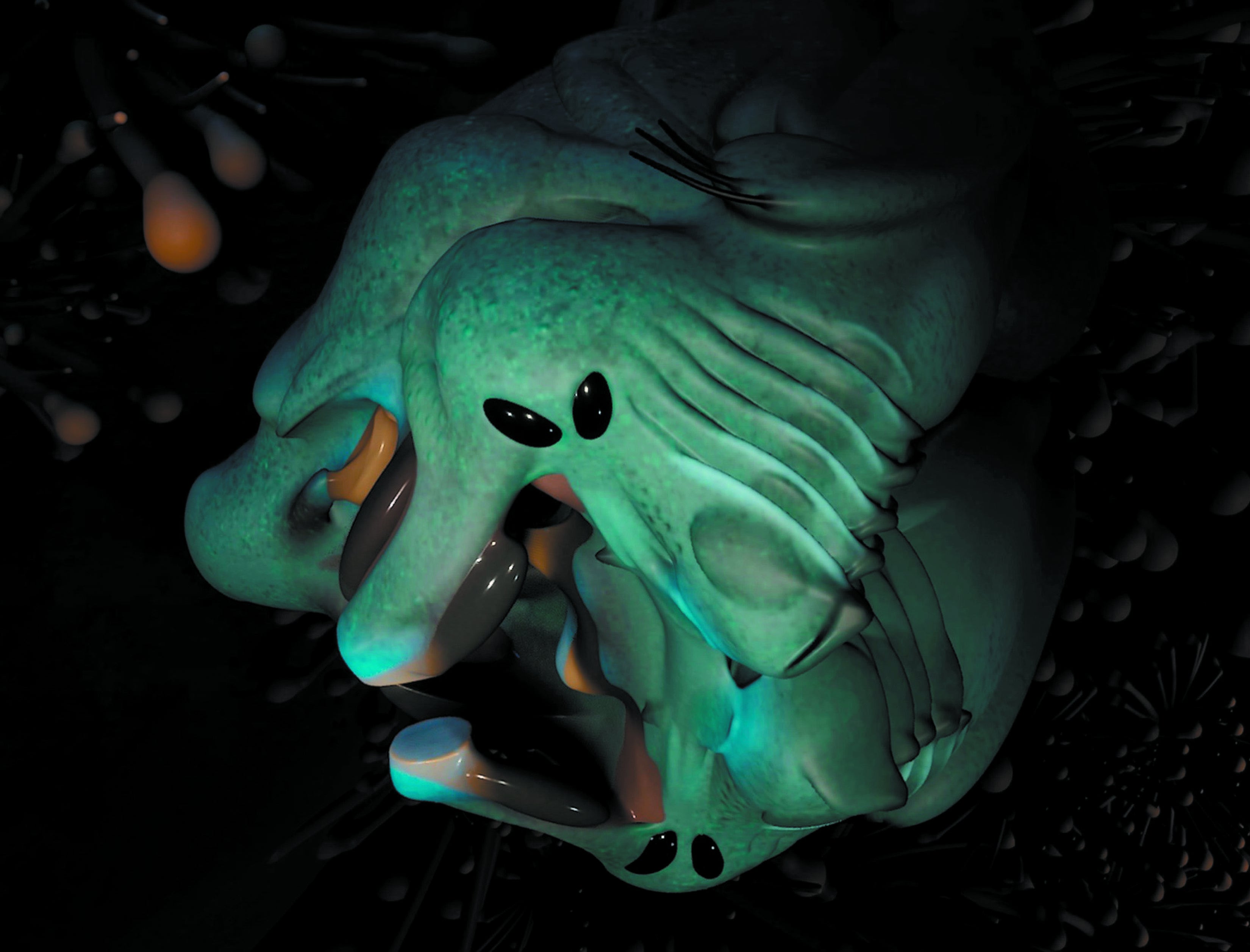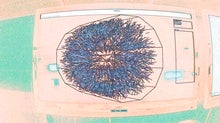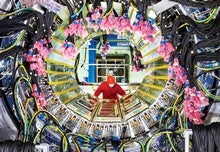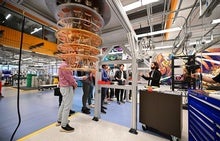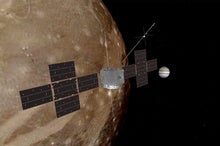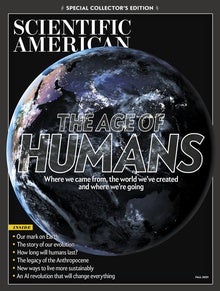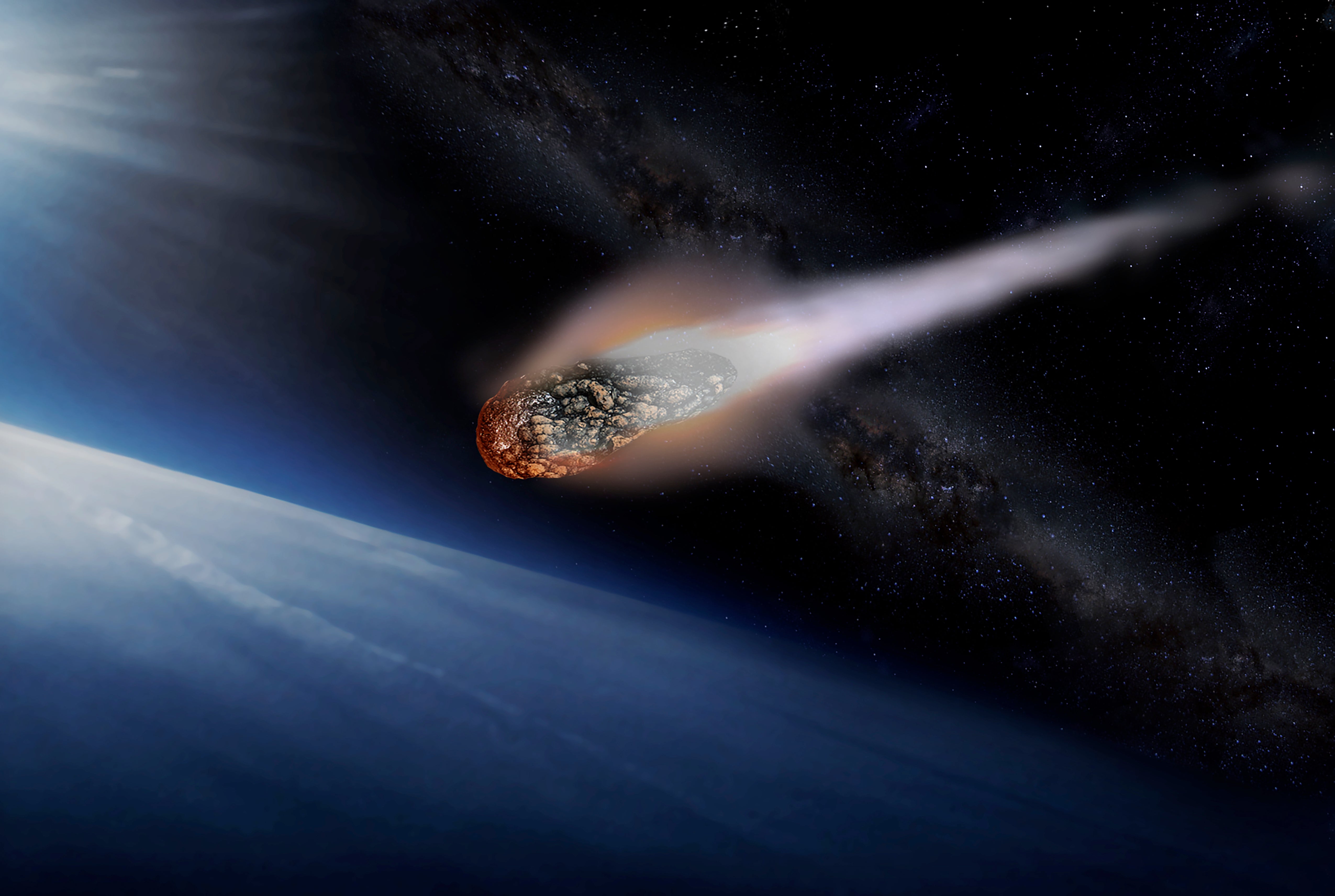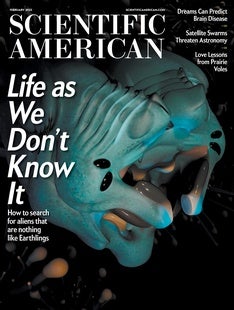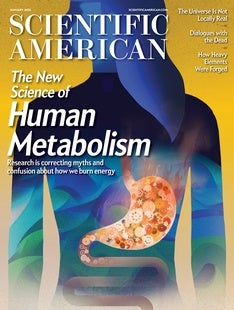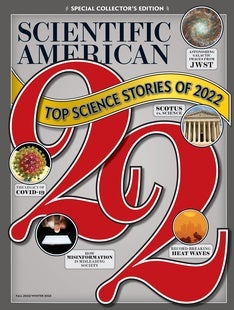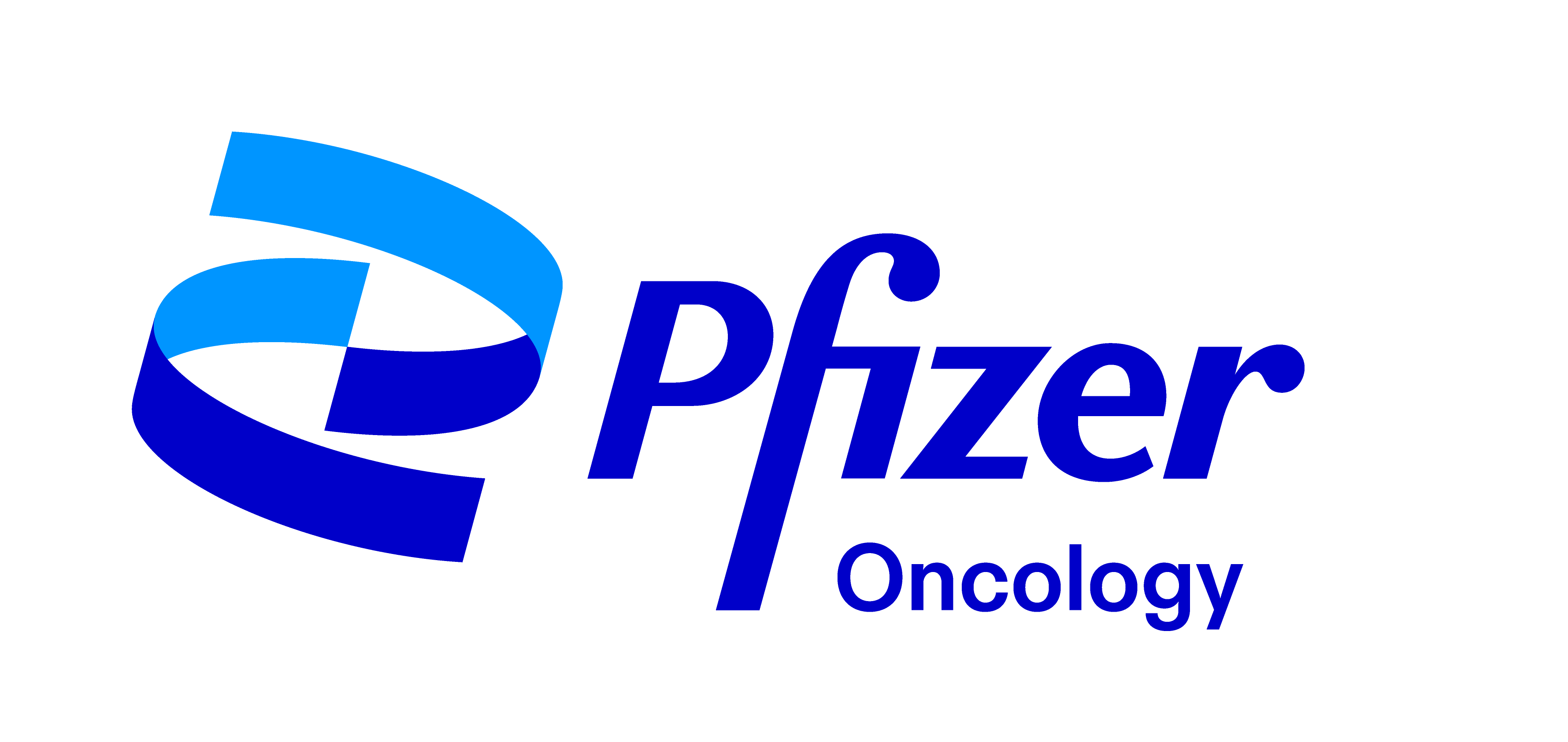|
 | |||||
| February 23, 2023 | |||||
| This week, we're featuring a cornucopia of fresh stories from across the span of cosmic space and time. From experiments that replicate conditions during the big bang's first moments, to observations that may reveal new details of Earth's inner core; and from new ways of looking for alien life—and for planet-threatening asteroids—to breakthroughs in the pursuit of practical quantum computers. Plus, the curious tale of how the Pentagon may have recently shot down a harmless ham-radio balloon in the volatile aftermath of an international scandal over Chinese spy balloons. There's lots to read, watch, and hear—enjoy! | |||||
| |||||
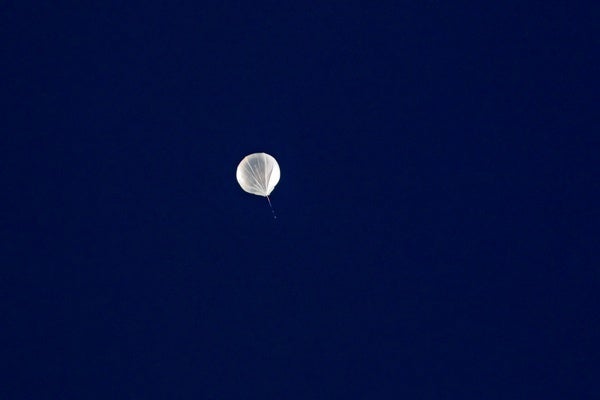 | |||||
| |||||
| |||||
| |||||
| |||||
| |||||
| |||||
| |||||
| |||||
| |||||
| |||||
| |||||
| |||||
| LATEST ISSUES | |||||
| |||||
| Download the Scientific American App | |||||
|

